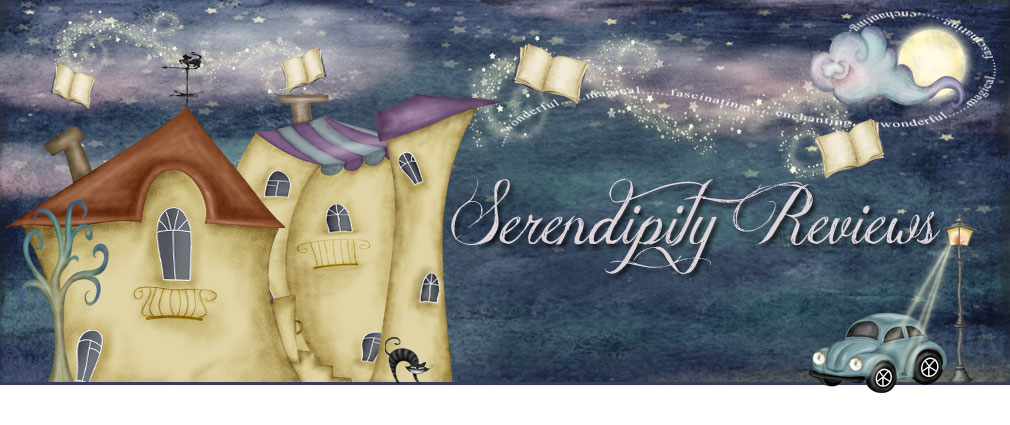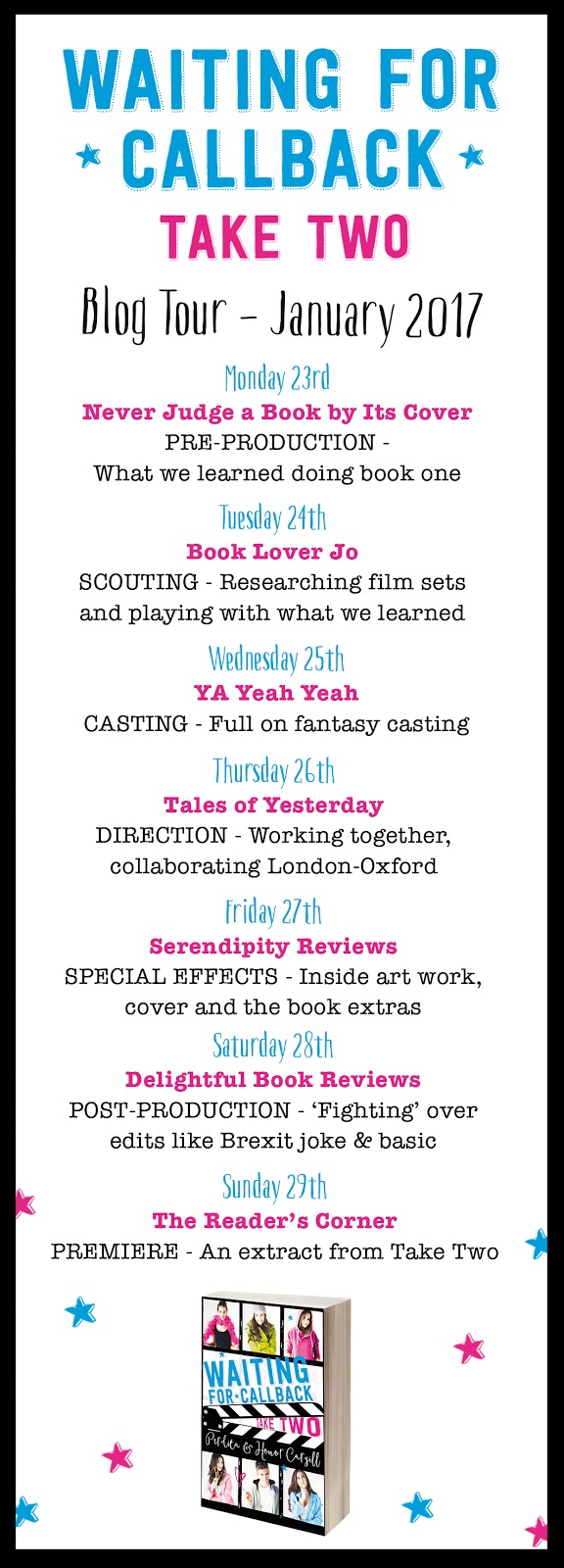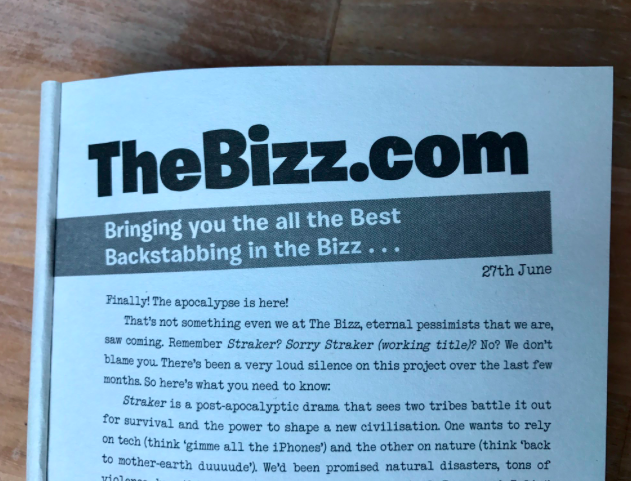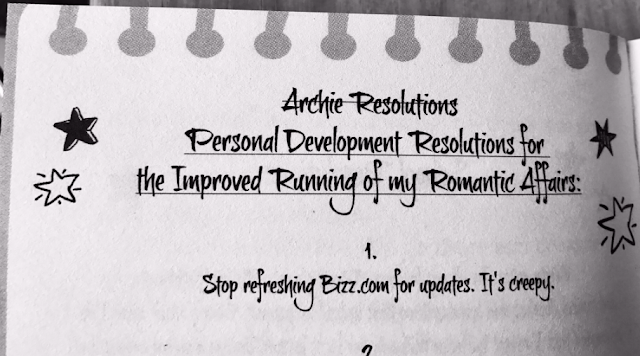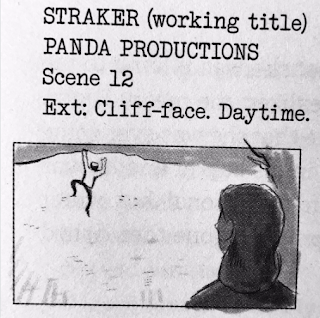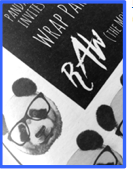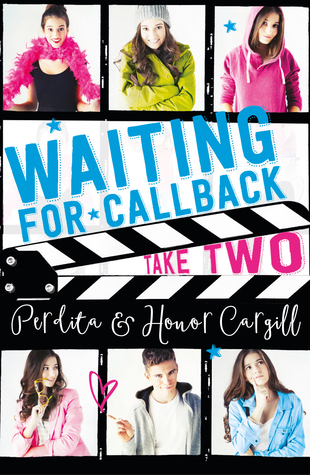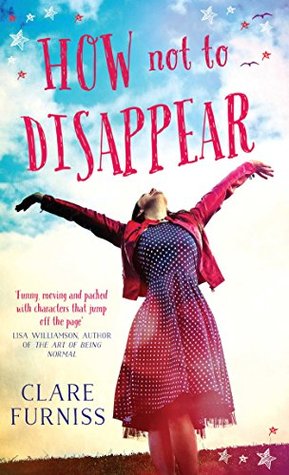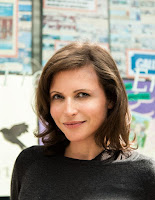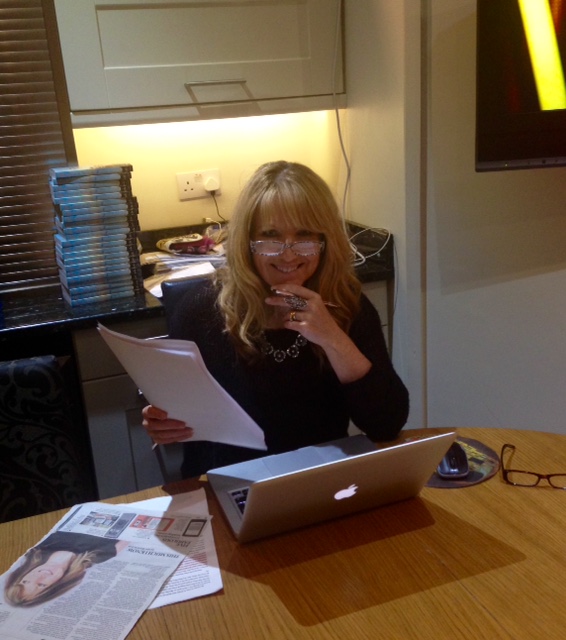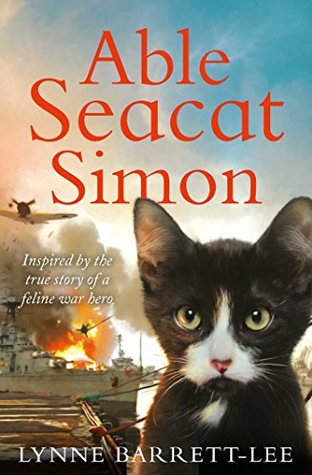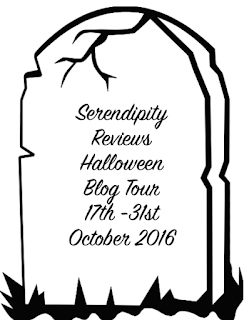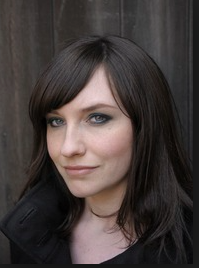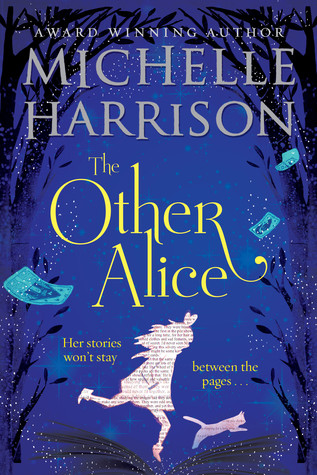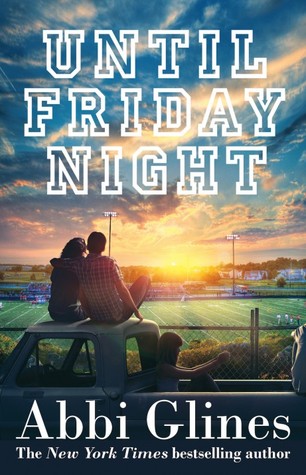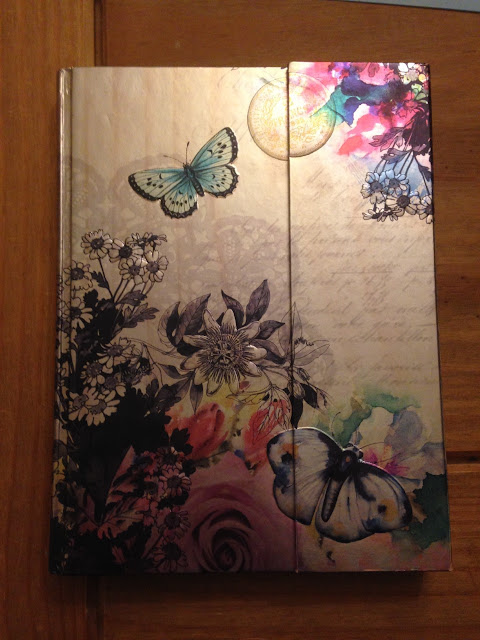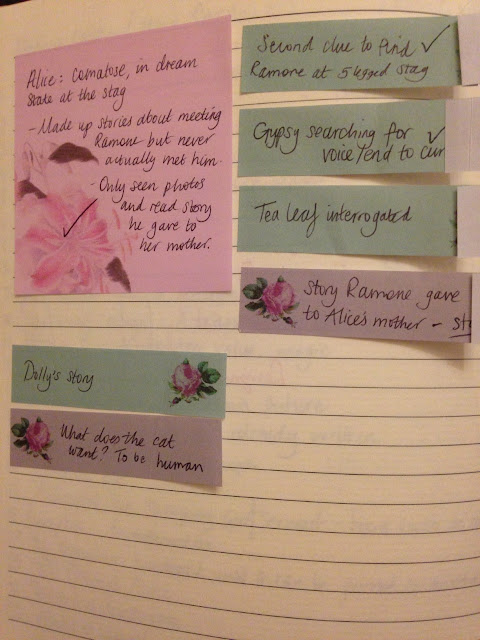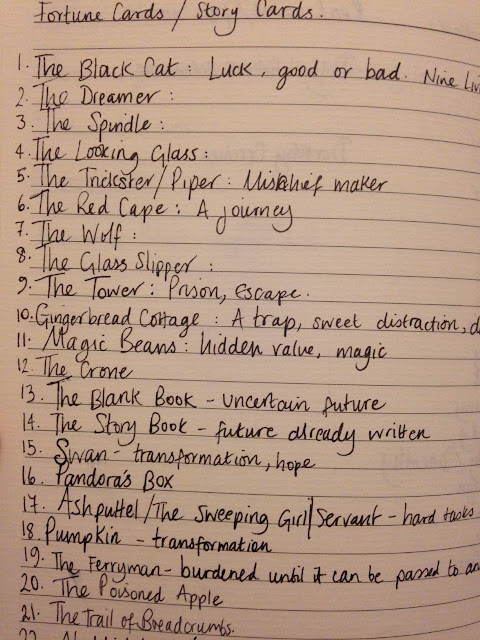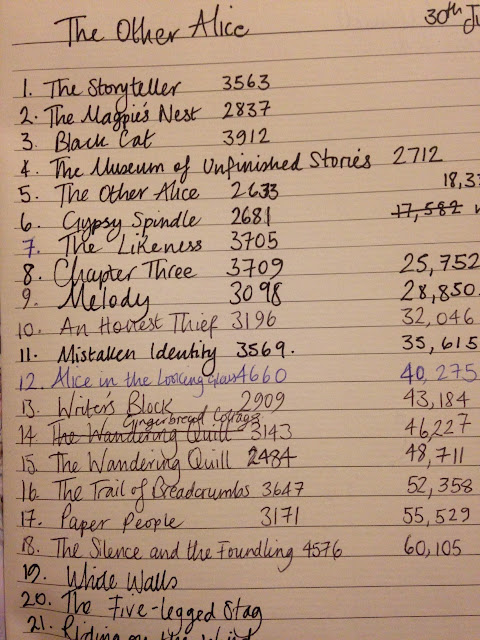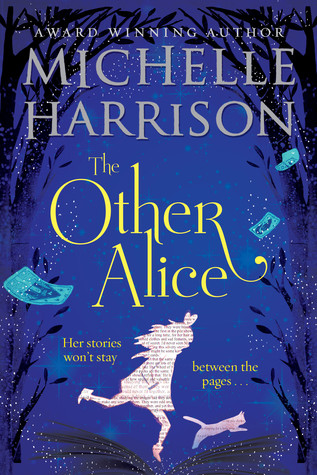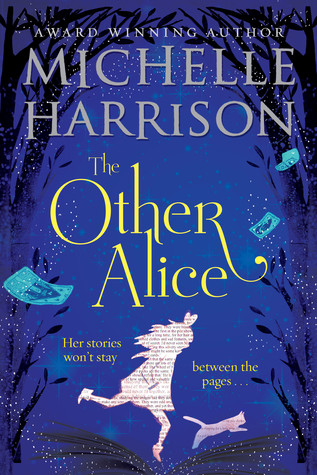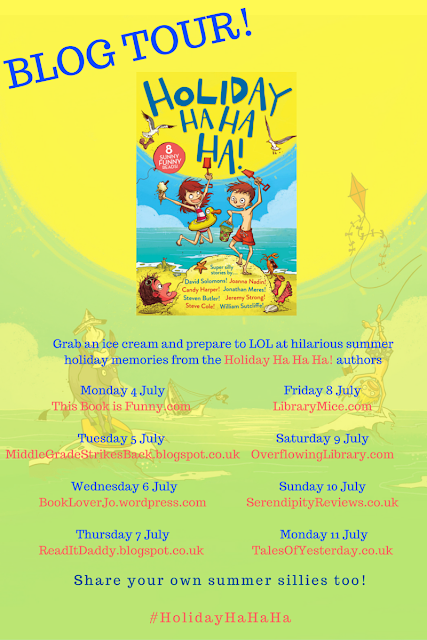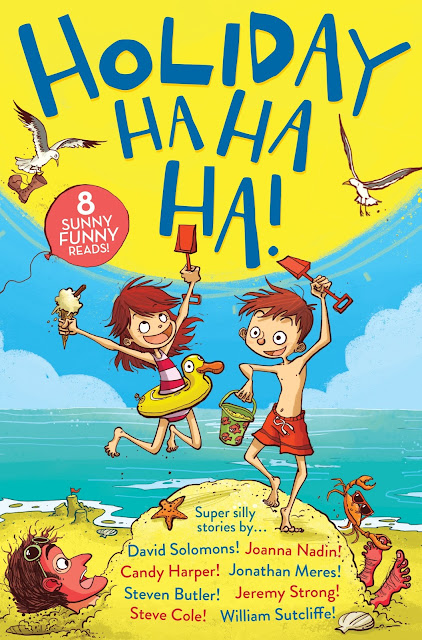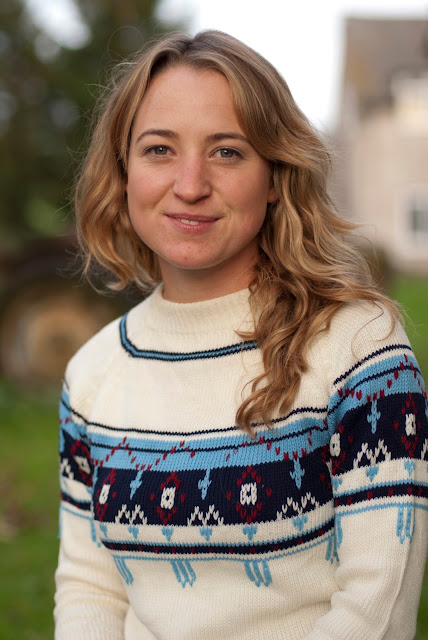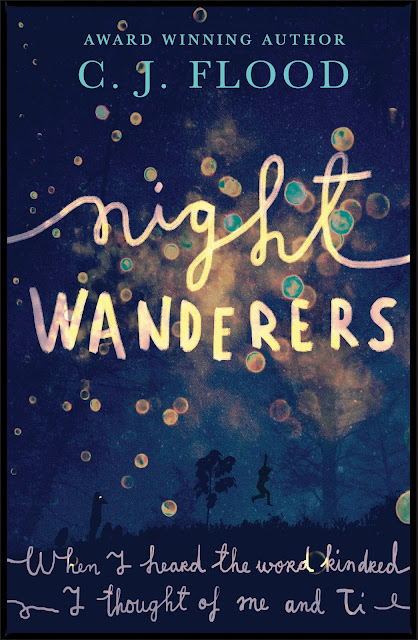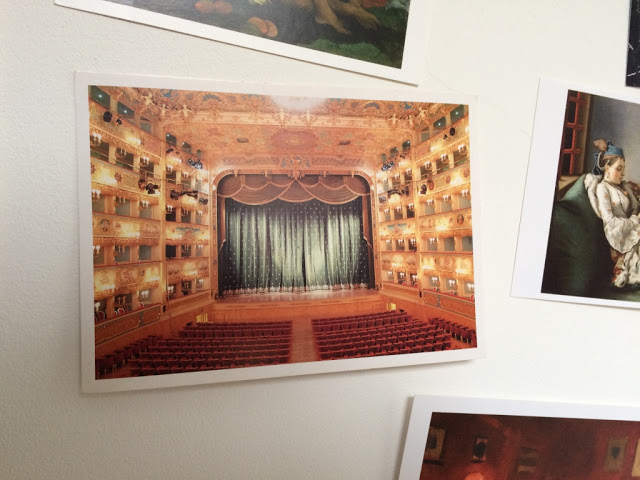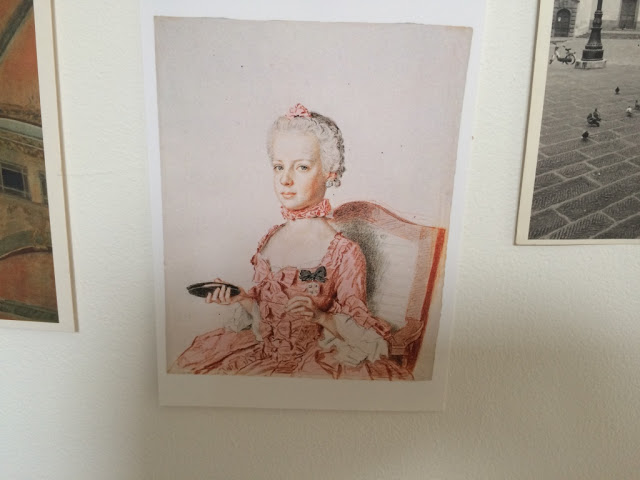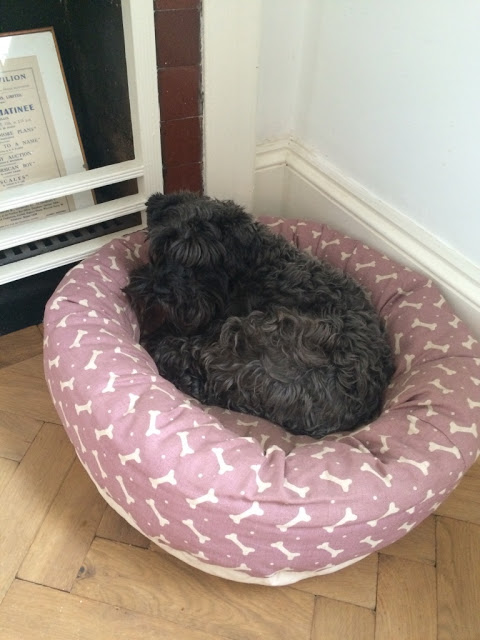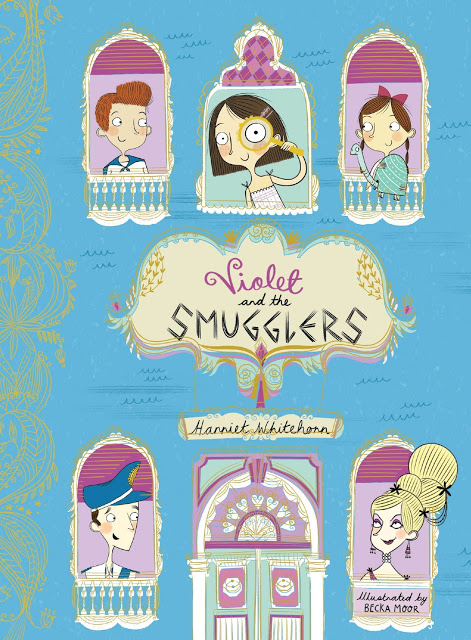As part of the blog tour for Able Seacat Simon, I'm pleased to welcome author, Lynne Barratt-Lee onto the blog, to tell us about where she writes.
Nothing to see here... Tools of the trade for the 21st century. A laptop, a pair of reading glasses, and a double plug socket.
I’ve wanted to be an author for as long as I can remember, and along with that came a very clear vision of where I’d write. Though I read many books in which people wrote in secret, magical places -nooks in elderly oak trees, in wardrobes, while stowed away at sea - my own vision was rather more grand.
As a child, I would write in exercise books, at the kitchen table, and sometimes I’d dream of being a proper writer, and how, when I was, I would write where a proper writer would. I would write in a big house, set high over parkland (I was reading a lot of Jane Austen), and would pick out my words on a kick-ass, hefty typewriter (they hadn’t invented computers yet, of course) which would sit in the centre of an enormous mahogany desk. This, in turn, would be situated on a suitably thick carpet, in the centre of an elegant high-ceilinged room, which looked out - via French doors, where gauzy floor-length panels billowed, obviously - onto a wide expanse of perfect emerald lawn. Beyond the lawn would stand conifers, pointing skywards, like pencils, and the only sounds, bar my tapping, would be birdsong and bees.
And in my imaginings, I would be quite, quite alone. Bar an elderly gardener who‘d rumble past on a ride-on lawnmower from time to time, it would simply be me; me and my imagination, the contents of it constantly bubbling over.
I'm not sure where such lofty aspirations came from. My writing, as a teenager (the time when I first seriously sought to make my writing dream come true), took place mostly either in bed, with a trusty feint-and-margin A4 pad, or, when my father gave me his ancient Brother typewriter, at the old kitchen table that for a while served as my rather bulky bedside one. Where there should have been a pair of stately Regency French windows, mine was the standard issue suburban bay one, which was dressed much more simply, with a set of busy floral curtains from Brentford Nylons. And far from the glorious creative solitude of my imaginings, I was constantly under siege; from my elder sister, who shared the bedroom, the family dog (who would occasionally eat my words), my hamster, my younger siblings and, more often than was strictly conducive to fame and fortune, either the caterwauling of Alice Cooper or David Bowie from my record player, or the current boyfriend - more often than not both.
Still, as time passed, and once life had delivered me of a husband, three children, and a rather alarming mortgage, I set about doing the one thing that I knew would seal my writing future: making a proper, work-like writing space to call my own.
And, to my satisfaction (I’d been banging on about needing a proper space for years by now) I wrote my first paid-for piece in a study. A very small study, admittedly, tucked away under the stairs and which, as it needed to double up as a guest bedroom, was mostly taken up by a green sofa-bed. Still, such space as I had, I accessorized with zeal. With a computer (they’d now happened, even if the internet hadn’t) a wheezy printer, lots of stationery (lots of stationery was my middle name then) and the dozens of necessary books I’d amassed over the years. These included two thesauri ( I still refuse to pluralise it differently), three dictionaries, several ‘how to write a brilliant novel without even trying’ type paperbacks, a slang dictionary, a book of idioms… (I could go on and on here), and the megalithic, magnificent Oxford Dictionary of Quotations - in readiness for the plethora of important novels I planned to write, which would of course need to be graced with witty and/or profound and/or deeply pretentious quotes. No matter that that first piece was a scant 400 words on being a mature student teacher (my Plan B), it seemed proof positive that to take yourself seriously as an author it was necessary to be sure you looked the part.
We moved house then and - joy! - I had had a novel published. So it seemed only sensible to requisition the posh dining room in the next one. After all, it made sense because a) we weren’t posh and b) we never ate in our previous dining room ever, except on Christmas day and Boxing day (to make it an ‘occasion’) or on the occasion of holding some terrible, fractious dinner party, and we’d sensibly long since given up on doing those.
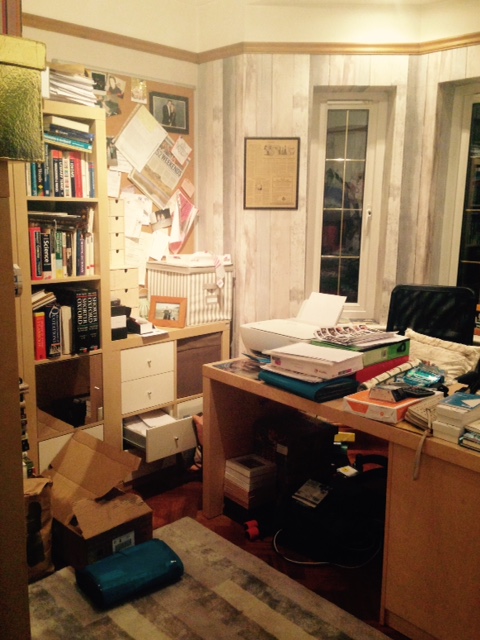 |
| A room full of authorly essentials. Not. Though I do miss having the odd swivel... |
My new ‘office’ (I was published; it could no longer be called a study) had no French doors, no oak desk, no deeply piled carpet, but it did have a ceiling rose and sufficient square footage to house about 8 million books, a random dining chair, a bigger sofa, a stray ottoman and a giant bean bag, and while there weren’t any elderly gardeners in the immediate vicinity, it did give me a view of the hedge across the drive and, every day (excepting Sundays and UK public holidays) I could at least wave to the postman.
Several more books were written here, and all sorts of other stuff. I graduated from the wheezy printer, which had developed emphysema, to a sleek HP laser-powered jet-liner of a thing. It would hum constantly, as would my ridiculously large monitor, my modem (the internet age was now upon us), the spiders going about their business behind the leaning towers of reference books, the bulb in the banker’s lamp that burned constantly beside me, and presumably - I never found it under the mountains of stuff I’d now amassed - the XXXL pot of midnight oil.
I was finally - no doubt about it - a proper writer. As you’d readily see. Well, if you could locate me among it all, that was.
And then something happened. I bought a laptop. And though this again was as a bolt-on must-have authorly accessory (the better to write on the hoof while engaged in the important business of travelling hopefully, to visit various publishers) I started to find myself not being quite where I ought to be. I began, strangely, straying from my desk.
It happened by stealth. And in increasingly regular increments. The odd session while perched on the sofa. The odd, impromptu chapter on the train. The odd ‘must get this down’ stint in the early or the wee hours. The odd bit of editing while in Cornwall, or Malaga. The odd ‘I’ll just do this in my nightie’ at the kitchen table quickie, before I have breakfast, get showered and dressed, and Go Into My Office, To Do My Proper Work.
Because, seriously, how can a proper writer do proper work, sitting in a nightie, at the kitchen table?
Yet that, for the past five years, is exactly where I have done it. Sometimes with a pair of woolly socks on, sometimes not. Sometimes with the cats beside me. Sometimes alone. Sometimes punctuated by visits from the DPD delivery man (I have a terrible online shopping habit) who, to the best of my knowledge, has never seen me wearing clothes - just a selection of creased knee-length T shirts.
My office is still in place, and still houses the current printer. And the books. So many reference books, none of which I now use. It stores account books, and a card box, and a wrapping paper corner. When the door is opened, several dozen very important bits of paper wave gaily at me, from the push-pins that still affix them to my proper-writer’s felt boards. I give the spiders free rein - I’ve always been nice to spiders - and once a year or so I stand in there and think ‘I really should sort this’, and then go back out again and close the door.
And go back to being a writer. At the kitchen table.
Published by Simon and Schuster in November 2016
Summary
When an orphaned kitten is discovered in the Hong Kong docks in 1948 by a British sailor, he has no idea of the journey that awaits him. Smuggled onto HMS Amethyst and named 'Simon' by his new friends, the little cat quickly gets used to life on the seas and appoints himself chief rat-catcher.
When tragedy strikes, Seacat Simon keeps spirits up - but it's a long and dangerous journey back to England for the heroic kitten and his crewmates . . .
Inspired by real events, this is the story of 'Able Seacat' Simon's adventures and heroics in dangerous wartime seas, as told by the cat himself!
To find out more about Lynne Barrett-Lee:
